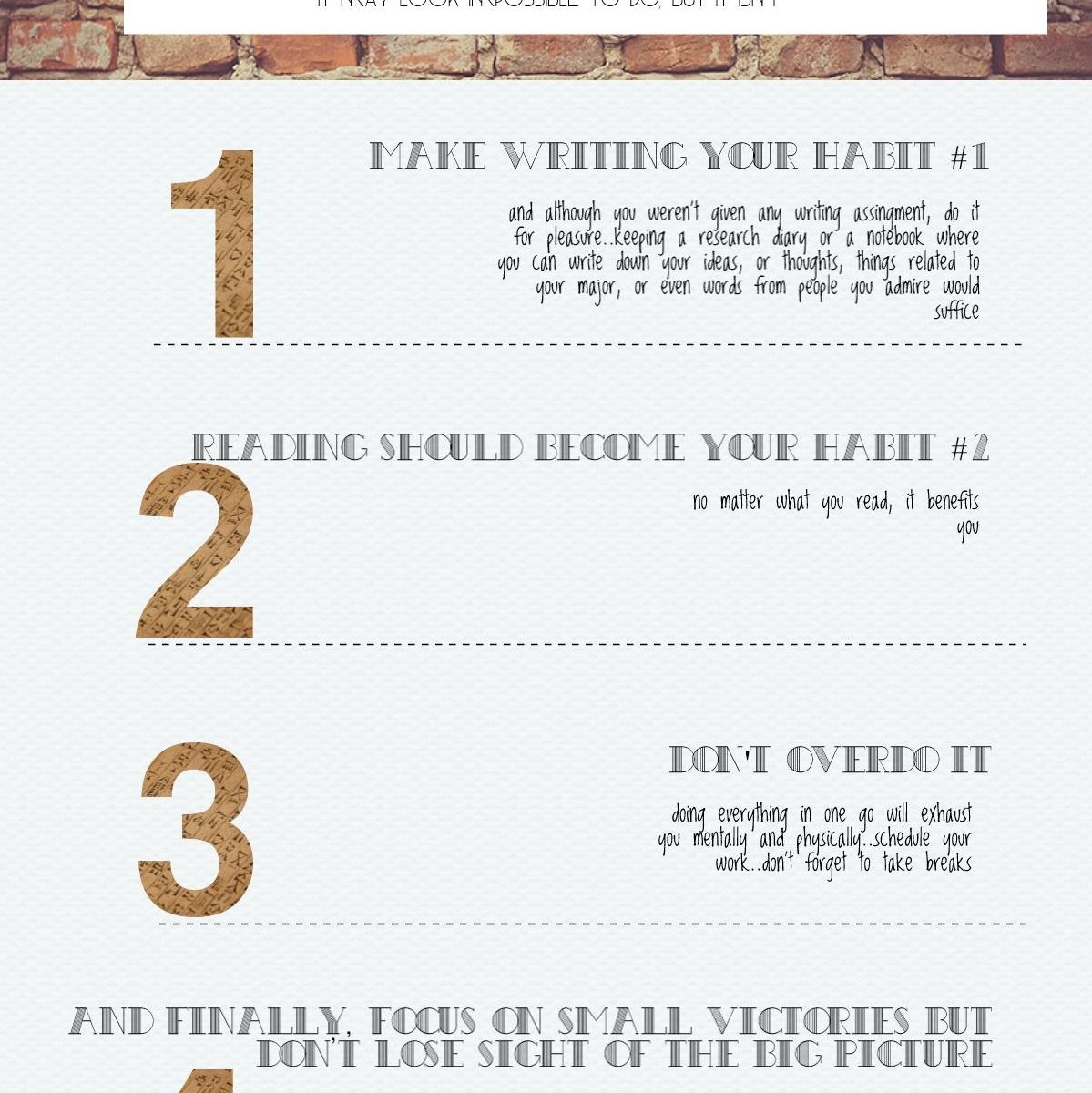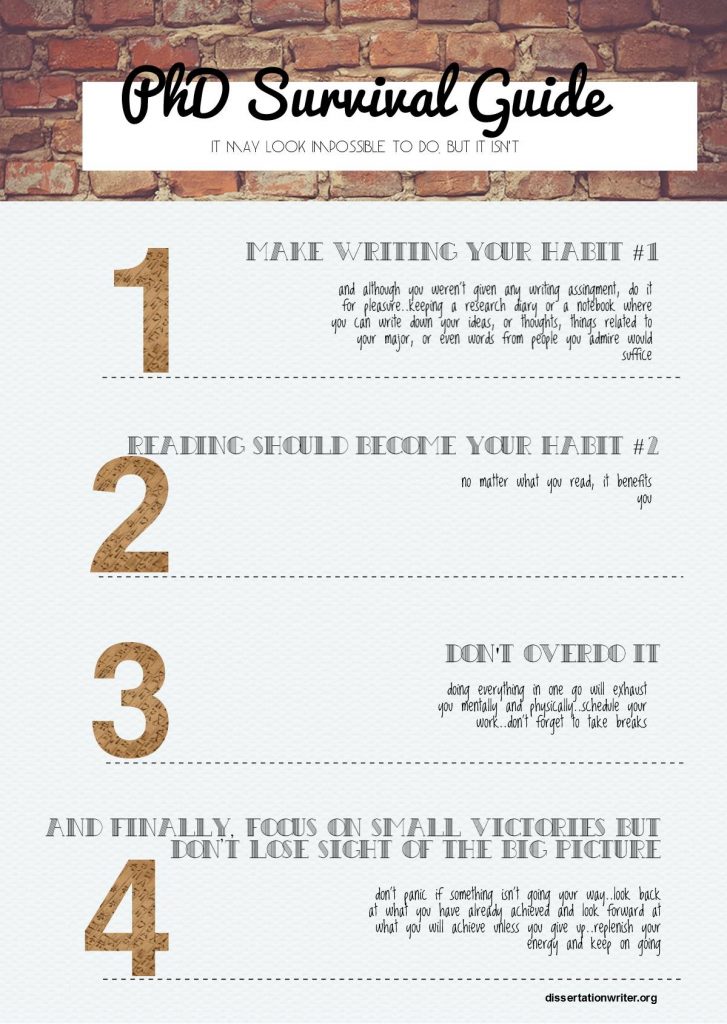When we research stuff online, it is best to keep a diary. This is a short and useful article, so no further reading today.
Why do we need online research?
Some younger and less experienced people try to learn things from books and video courses. These learning channels are definitely useful but not very effective. The most effective learning is active learning. We learn as we work. Most learning activities can be reformulated as productive work. If we need to build a project we build it, and if we need to write an article we start with online research.
If we do not have a well-formulated project but have 5 min of spare time, we can still perform a short research and write a short diary.
The simplest reading diary I could think of.
I am actually a very lazy man. I invest fully only in the things I love. Writing diaries is not one of those things. So I use shortcuts. Instead of a full reading diary, I suggest only the following fields:
1. Today’s date, typically automated by a formula
2. Keywords describing the article I read, usually 5 words
3. The link to the article which I copy and paste from the browser
And I keep this organized in google sheets by subject, often even keep one diary for several months. That’s it.
Putting an emphasis.
I won’t sugarcoat it—there’s more to the process. Often, I need to highlight certain articles over others by making relevant keywords bold. To express my emotions, I use question marks and exclamation marks. If an article is applicable in multiple contexts, I duplicate the entry, sometimes with different keywords.
The diaries can become quite lengthy. When this happens, I move chunks of links to separate diaries. To locate information, I use keywords for searching. Google can scan entire folders, so organizing the diaries this way is practical.
Whether or not to use colors for marking keywords is a personal choice. I use colors to highlight words I want to remember only when I feel an emotional need to do so.
Using the articles.
I use my articles all the time when writing new contents. Once I put the links into my own post with some relevant ideas, I can remove it from the diary. Before I write posts, I often scan my diaries for the relevant links, grouping the links and trying to formulate my opinion.
Before I had blogs, I often copied the relevant parts of articles into MSWord documents, creating long books per subject. As I edited these books, I memorized and reviewed the content within. This is better than printing the articles and highlighting the materials, as the reading is more active.
Writing your own articles using other content as a background is even more active learning. If I forget something in my writing, I can review the resources and add relevant information.
Do not overcomplicate.
Many people put in their reading articles images, especially using Evernote. The images catch our attention and drive it away from the keywords. Others use not 5 or 10 keywords but entire stories. It is very hard to review above 200 articles per sheet this way. Personally I read about 5000 articles per year, so this would we inappropriate.
Some students try to encode their visualizations or text structure in the reading diary. This is OK if we want to memorize entire books dealing with several subjects. Not very suitable for short reading. Keep it simple, and balance depth of understanding vs quantity of articles.
Downloads and second links.
Sometimes the articles are not readily available, for example requiring long downloads. Usually, I download such articles into google docs and paste links to them. If I need to remember videos or audios, I write summaries or use subtitle services to transform them into texts.
Texts are less memorably than videos, but better searchable and easier to store. As we can edit texts significantly better than videos, active involvement with text often overweighs lack of visual context.
While some other learning experts print the articles they work on, I prefer to format the texts I want to keep into the plain format, removing everything that can defocus me. I often prefer to do this myself, as it allows me to “touch” the materials and thus remember them better.
Numbers tend to be harder to remember than keywords. One of the best forms to store statistics are infographics, which can be easily created from keywords and graphics. I usually store my infographics separately from my texts and provide additional links.
Further reading diary.
In addition to the diary of the stuff I read, I keep the diary of the stuff I want to read, like the publications referenced by the stuff I currently read. This diary is very similar to the regular reading diary, and it also has “referred from” field where I put links or keywords that focus me on why I actually want to read the stuff. I often even keep keywords without links, to remind me what I want to search for.
In a similar way, I can move articles into “for implementation” environment of my choice (Asana, Jira or Trello), transforming links and keywords into actionable items. The focus of meaningful reading is not on passive recall, but on integrating the stuff we learn as a part of our inner world or projects we want to implement.
This article is a bridge between two of our courses speedreading masterclass-1 and speedreading masterclass. Avail these two courses with special discounts. You don’t need to pay the full price. Simply reach out to [email protected] and request a significant discount. Your satisfaction is assured. We recommend learning speedwriting as soon as you made some progress with speedreading.

Get 4 Free Sample Chapters of the Key To Study Book
Get access to advanced training, and a selection of free apps to train your reading speed and visual memory


